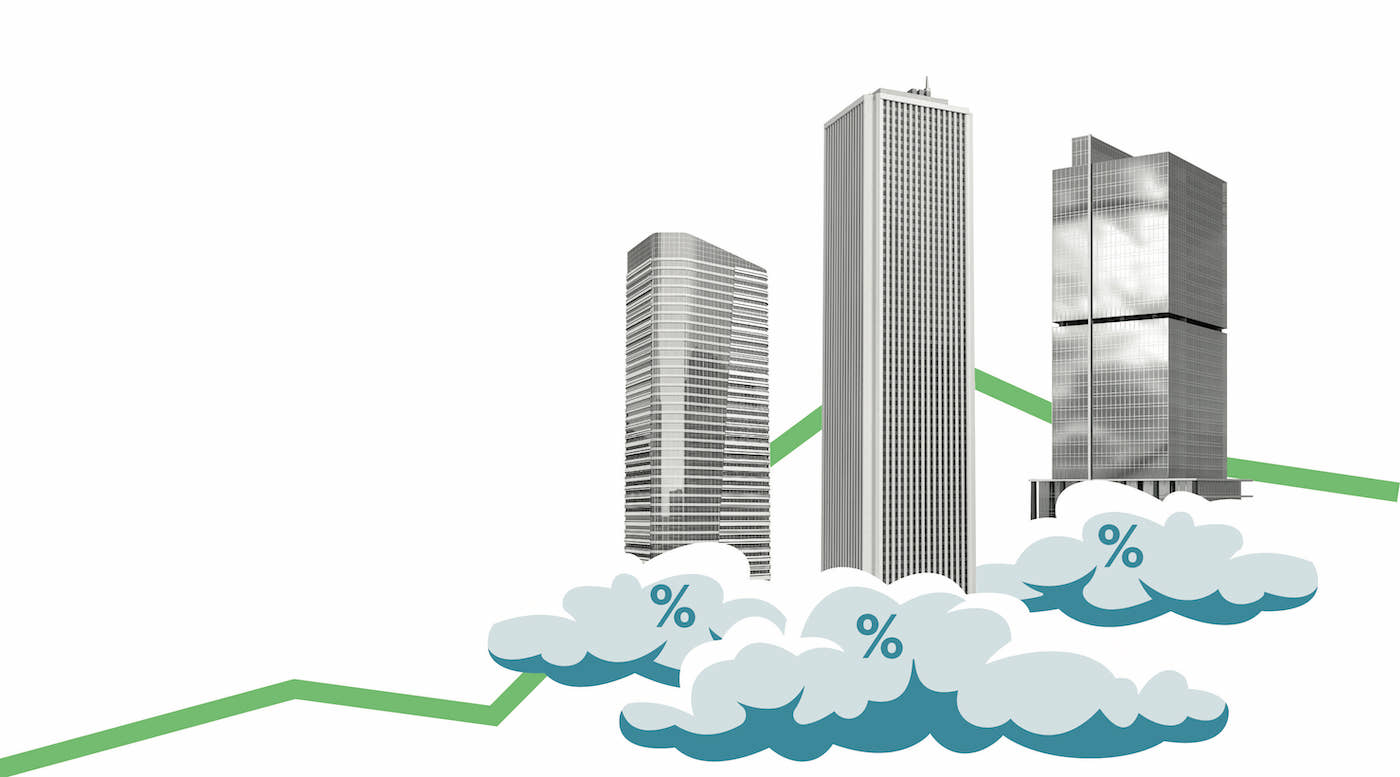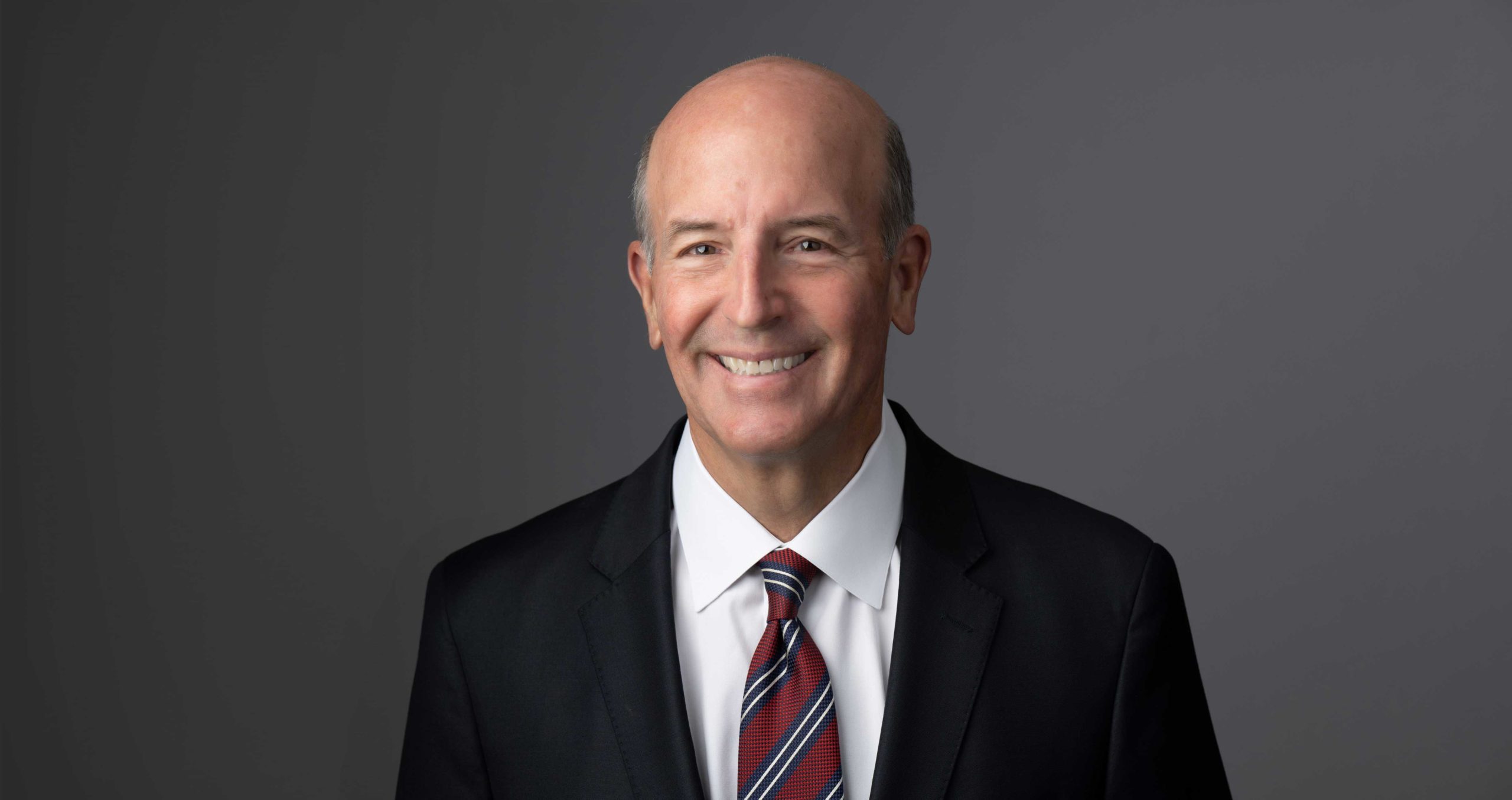What History Teaches Us About Inflation
By Marc DeLuca, This article originally appeared on Forbes.com.

Despite the concern it generates, inflation has always been a natural occurrence in our economic cycle. Because of this, I believe investing in asset classes like commercial real estate, which historically outperform the market during inflationary climates, is one of the best ways for investors to diminish risk during this point in the cycle.
As an investor in commercial real estate (CRE) for 28 years, I believe that by studying economic periods of the past, we can be better informed on how inflation is likely to affect our industry now. Because history, like CRE, is known to repeat itself, what happened decades ago can lend insight into today’s market.
So, what does inflation signify for current CRE investments?
Inflation In The Past Versus Inflation Today
First, let’s look at economic policy and inflationary episodes of the mid-1940s and late 1970s/early 1980s and compare them to our current economy. Both earlier periods show patterns of inflation increasing and then decreasing, which is what other experts and I anticipate will happen soon.
In 1946, a post-war rise in consumer goods spending and pent-up demand for celebration led to inflation soaring to a whopping 20%. Inflation rates also crested during the late 1970s. Paul Volcker was appointed Chairman of the Fed in 1979, and his first attempts to curb inflation were insufficient. And, of course, more recently, in 2020, the pandemic caused a rise in unemployment and many businesses to fail.
But all of these situations righted themselves in the end. During the post-World War II era, inflation fell naturally to manageable levels. Similarly, in the early ’80s, after stringent monetary policy and credit controls shocked the economy into a recession with a high unemployment rate, inflation and interest rates began decreasing and remained generally low for decades to follow. And even though inflation is currently rising, consumer goods demand has been strong.
While this demand has been distorted by supply chain disruptions, global shortages and an increase in energy and labor costs, all these factors are artificially created and so are expected to subside over time. Also, the economy has been making a bullish comeback due to increased consumer mobility and milder virus variants. As a result, by the beginning of 2022, unemployment recovered to a rate of 3.9%, closing in on the 50-year low of 3.5% just before the pandemic. Yes, inflation has been rising, but unlike in the early ’80s, unemployment remains low.
In addition, our current monetary policy is radically different than it was back in the late ’70s and early
’80s. In 1982, the Federal Reserve was targeting the money supply, causing interest rates to fluctuate. Conversely, according to Vigour Times, the Fed today primarily “ignores the money supply, which expanded dramatically as the Fed bought bonds to hold down long-term interest rates.” And although inflation reached a 7.5% annual rate in January, we currently have a relatively robust market.
CRE Has Innovation And Demand
CRE held up as a solid hedge in the early ’80s, so I expect it to hold up again. What’s more, inflation is inspiring innovation in the industry, and demand for space greatly outweighs supply; this was not the case in the late ’80s, an era of big lending and construction.
The ways in which companies utilize office space are dramatically changing. As calls back to the office increase and new office lease agreements are being inked—13.8 million square feet in new large- block transactions were signed last year—there is a fight for superior real estate to entice workers back to the workplace.
The pandemic launched this shift, and now inflation is pushing companies to seek more creative and cost- efficient methods of accomplishing a new normal. This includes flexibility in office design and providing unique amenities in order to create an attractive and collaborative environment for retaining talent.
So yes, prices are high, but the economic fundamentals are strong.
Inflation Can Benefit CRE Investment
Higher inflation for a shorter time is generally good for real estate. Analysis at Cushman & Wakefield shows that every 1% increase in inflation is associated with a 1.1% increase in total returns to investors, including REITs, pension funds and individual investors.
When inflation was high in the past, the equity positions of commercial properties were highly leveraged, with fixed-rate debt acquired at positive spreads. However, rental income increases caused by inflation can multiply yields on equity, protecting CRE asset values.
In other words, CRE can benefit from the same forces that currently drive inflation. Burgeoning labor costs and supply-chain issues are limiting new development, which benefits existing properties. Given current supply and demand, it is likely that valuations of commercial properties will remain firm.
In addition, growing interest rates evoke a double- hedge effect where financing costs become higher, especially in construction, meaning there is less new product on the market. This economic landscape provides an opportune moment for the office sector. We can focus on incorporating key amenities and integrative technology to cater to the changing needs of consumers and young professionals who tend to value experience over compensation.
Another positive sign for CRE today is that commercial and multifamily mortgage delinquencies across all sectors have reached pre-pandemic levels. The CMBS delinquency rate at the end of last year was 4.02%, a decrease of 0.84 percentage points from the third quarter.
Falling delinquency rates, coupled with rent increases, create the ultimate hedge against inflation through CRE.
The Bottom Line: Glass Half-Full
Though we can’t predict exactly when, and despite the pandemic, geopolitical conflicts and tidal shifts in socio-economic policies, today’s inflationary climate will eventually subside as it has in the past.
Equally, regardless of where we are in the economic cycle, CRE has historically remained one of the strongest tangible alternative investments available in all economic environments. CRE held up before, and I believe it will hold up again — especially since the demand for assets has never been greater.

